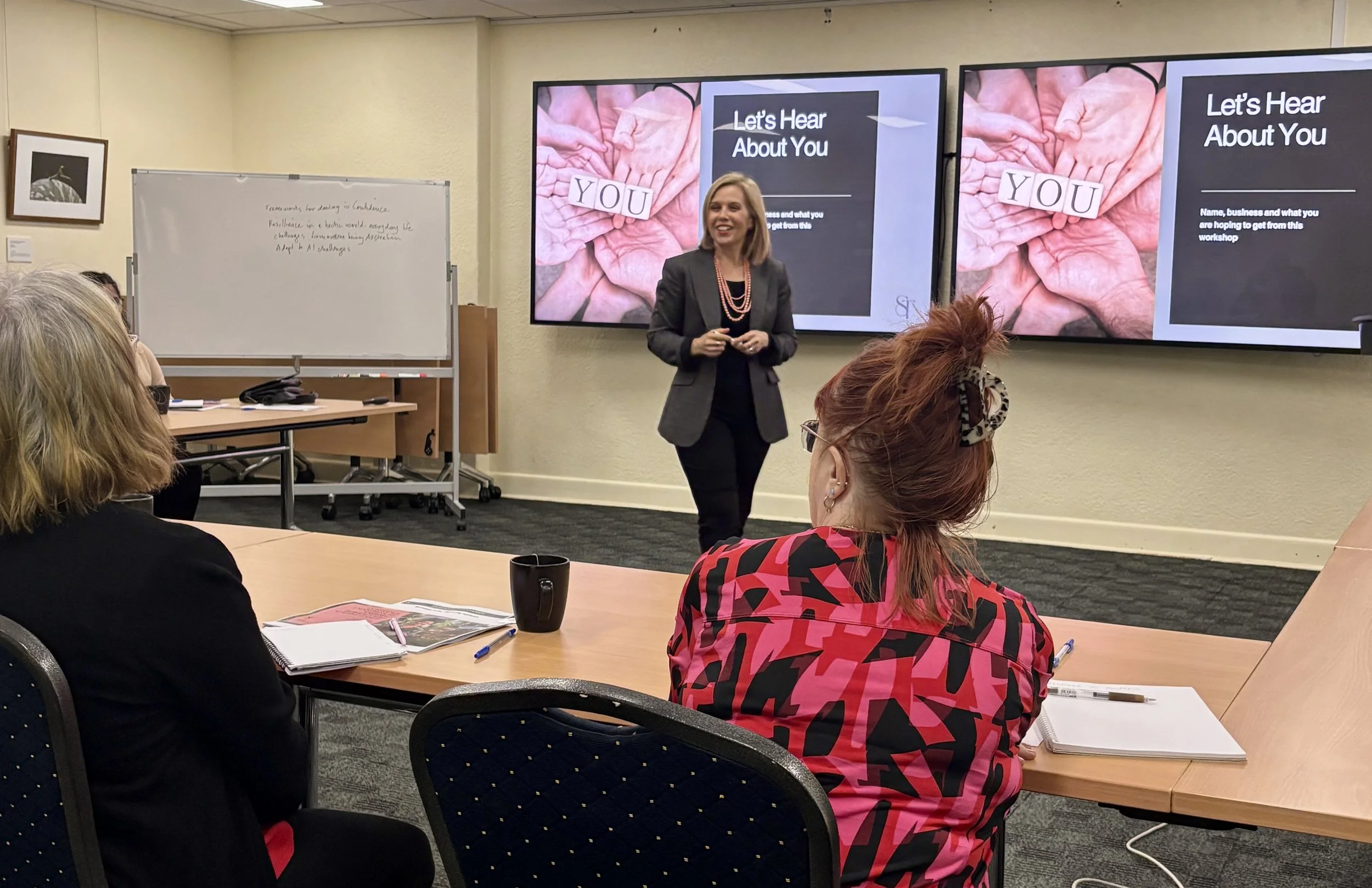Better Decisions Start With Deeper Listening
Uncover why strong stakeholder relationships enhance leadership effectiveness
By Suzie Thoraval
“Tell me and I forget, teach me and I may remember, involve me and I learn.”
Years ago, I was leading a significant regulatory reform project. The new legislation would reshape compliance requirements across an entire sector, and my role wasn’t just to introduce the changes—it was to help others understand and implement them with confidence.
I worked with a broad group of stakeholders: peak bodies, frontline services, regulators, and policy advisors. I needed to communicate clearly what was changing, what new information would be available, and why this reform mattered. It was also important that stakeholders understood the consequences of not following the new laws, while still feeling supported to adjust.
The success of the reform came down to how I listened. I created space for questions, responded to concerns, and adjusted materials based on feedback. The relationships I built made it possible for others to step forward with clarity, even when the timeline was tight.
That experience deepened my belief that stakeholder engagement is core to stable and strategic leadership.
The importance of stakeholder engagement
Leadership in complex times is a dynamic practice. It calls for clarity, curiosity, and connection. One of the most enduring ways leaders create adaptive stability—calm strength during change—is through thoughtful, consistent engagement with stakeholders.
Stakeholders are the people and groups whose expectations, needs, and insights shape how your leadership is received and how your organisation functions. This includes employees, customers, boards, funders, regulators, and communities. The strongest relationships are often built before they’re tested—anchored in trust, transparency, and mutual respect.
Research shows that effective stakeholder engagement improves decision quality, builds trust, enhances adaptability, prevents conflict, and supports stronger organisational performance and long-term success.
Good stakeholder engagement enhances your leadership
Stakeholder engagement is often associated with communication—but it goes deeper. It’s a leadership practice rooted in empathy, foresight, and shared purpose.
To excel as a leader, you need others. Your relationships matter. When you stay connected with the people around you, several benefits flow:
Decisions are better informed. Stakeholders often identify issues early—risks, unintended consequences, or needs that may otherwise be missed. Their perspective helps refine direction.
Trust is sustained. Engagement creates reliability. Leaders who check in regularly and act with openness build a reputation for steadiness and care.
Alignment becomes easier. When people feel seen and included, it’s easier to communicate changes, build momentum, and maintain focus. This shared understanding supports implementation and helps teams move forward together.
Responses stay relevant. Knowing what matters to different groups allows leaders to adjust without losing sight of the broader goal.
These habits don’t need to be complex. Regular check-ins, informal listening, feedback loops, and co-design processes all contribute to a leadership presence that feels clear and connected.
A community-centred approach
Several years ago, the City of Louisville in the United States faced a growing problem: vacant properties were rising, affecting community wellbeing. Rather than approaching this from the top down, the city opened the conversation to residents.
Through forums, surveys, and workshops, local voices shaped the path forward. Some properties became gardens. Others turned into art spaces or affordable housing. The process itself built momentum—and trust. The city’s leadership gained valuable insight, and residents felt respected and heard.
This wasn’t just a story of urban renewal. It showed how leadership becomes more stable and effective when grounded in community voice and shared ownership.
Closer to home, Service NSW has also followed this path. By engaging with citizens early and designing services around their needs, the state government has created a more accessible, responsive public interface—one that continues to evolve based on feedback.
When engagement is missing
When relationships with stakeholders aren’t attended to, challenges become harder to navigate. One widely known example comes from Uber’s earlier leadership. As the business grew rapidly, many of the voices most connected to its operations—drivers, regulators, and internal employees—felt unheard.
Concerns about culture, safety, and fairness weren’t addressed in time. Over several years, trust deteriorated, reputational issues grew, and leadership eventually changed. The business recovered, but only after significant adjustment.
It’s not always a single event that causes problems—it’s the cumulative effect of not listening early enough, or often enough, to the people who are most invested in your impact.
Strengthening the habit
If you're looking to deepen this part of your leadership practice, here are a few helpful prompts:
Who are the people or groups influencing or impacted by your current work?
What rhythms do you already have for checking in—and where might you create space for genuine feedback?
What concerns, insights or themes are emerging that could shape your next step?
How are you showing that what’s shared with you is being taken seriously?
What habits would help you build and maintain these relationships over time?
Stakeholder engagement becomes easier when it’s embedded into how leadership happens—through planning cycles, project reviews, team meetings, or strategic conversations. When the connections are already in place before they are needed, leaders are more prepared, more grounded, and better supported.
Looking ahead
When leaders build strong relationships with the people around them, they’re better equipped to steer through complexity with confidence. Stakeholder engagement is not an extra task to tick off—it’s part of the foundation of a stable, adaptive leadership approach.
It opens up ideas, strengthens alignment, and creates a leadership presence that feels connected, responsive, and grounded.
Leaders who practice regular, thoughtful engagement often describe feeling more informed, more supported, and more prepared. And their teams, clients, and partners feel it too. This work doesn’t need to be dramatic to be effective. Sometimes it’s as simple as picking up the phone, checking in regularly, or pausing to consider whose voice is missing from the table.
As you plan the quarter ahead, you might consider:
Which stakeholder relationship, if nurtured now, would support the stability and clarity you’ll need later?

